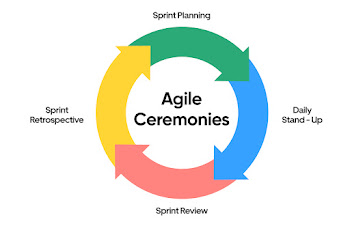Explain SDLC with an example?
The Software Development Life Cycle (SDLC) is a structured process for planning, developing, deploying, and maintaining software applications. It provides a framework to ensure high-quality software that meets user needs.
Here's an explanation of the SDLC with an example:
Planning:
This phase involves defining the scope of the project, gathering requirements, creating a project plan, and determining the feasibility of the project.
Example: A company decides to develop a new mobile application to enhance customer engagement and increase sales. They outline the features and functionalities they want in the app and create a project plan.
Analysis:
During this phase, the requirements gathered in the planning phase are analysed in detail. The goal is to understand what the software should do and how it should behave.
Example: In the mobile app development project, the analysis phase involves breaking down the features into smaller components and understanding the user interactions required for each feature.
Design:
In this phase, the architecture of the software system is designed based on the requirements and analysis. This includes designing the overall structure of the software, defining interfaces, and creating detailed design documentation.
Example: For the mobile app, the design phase involves creating wireframes, mockups, and UI/UX designs to visualise how the app will look and function.
Implementation (Coding):
his phase involves writing code based on the design specifications. Developers translate the design into actual code using programming languages and development tools.
Example: Developers write code to implement the functionalities and features outlined in the design phase of the mobile app project.
Testing:
After implementation, the software undergoes testing to identify and fix defects or bugs. Different types of testing, such as unit testing, integration testing, and system testing, are conducted to ensure the quality of the software.
Example: Testers conduct various tests on the mobile app, including functionality testing, usability testing, and performance testing, to ensure that it meets the requirements and functions correctly.
Deployment:
Once the software has been tested and approved, it is deployed to the production environment for end-users to access and use.
Example: The mobile app is released to the Google Play Store or Apple App Store for users to download and install on their devices.




Comments
Post a Comment